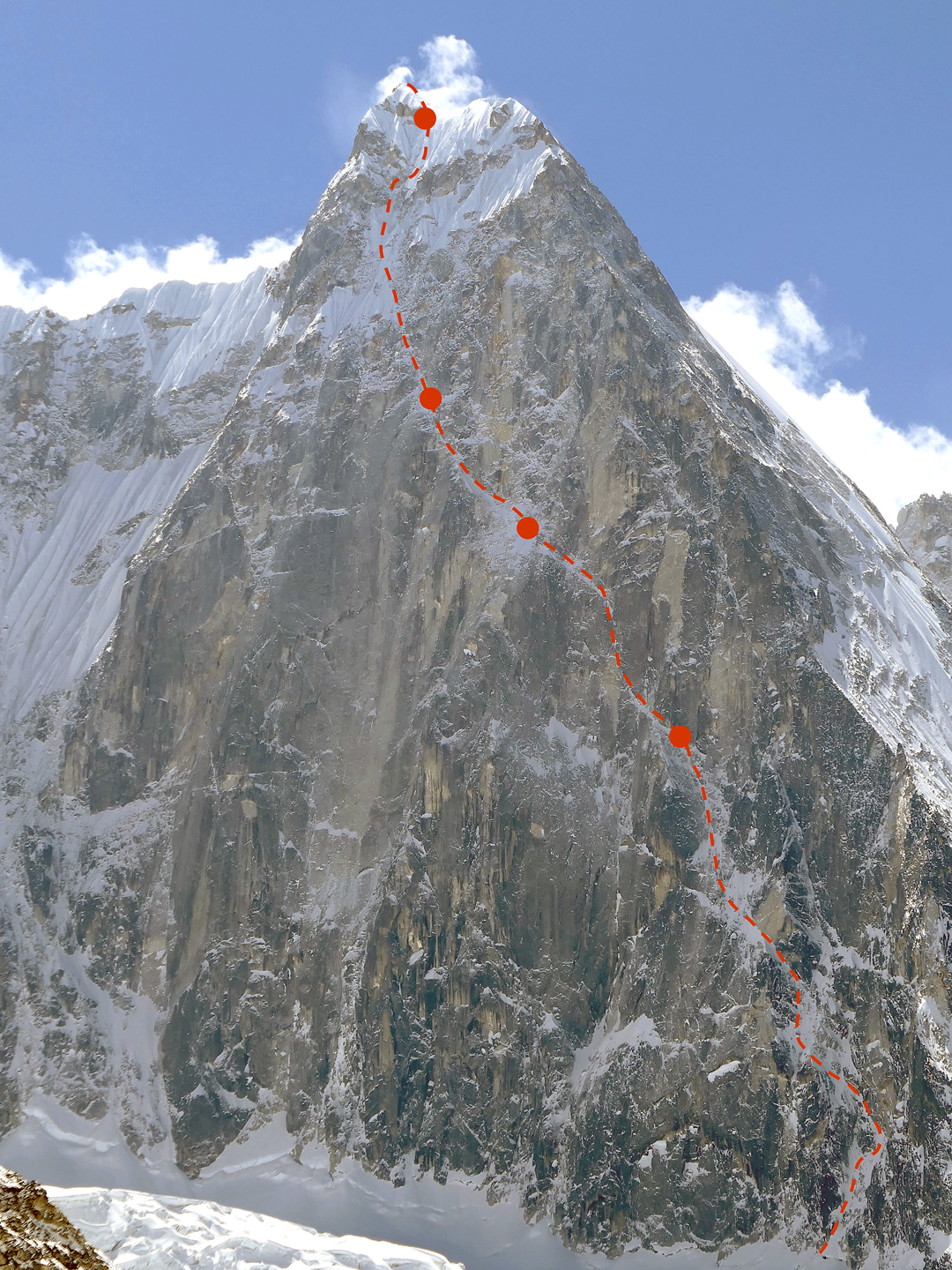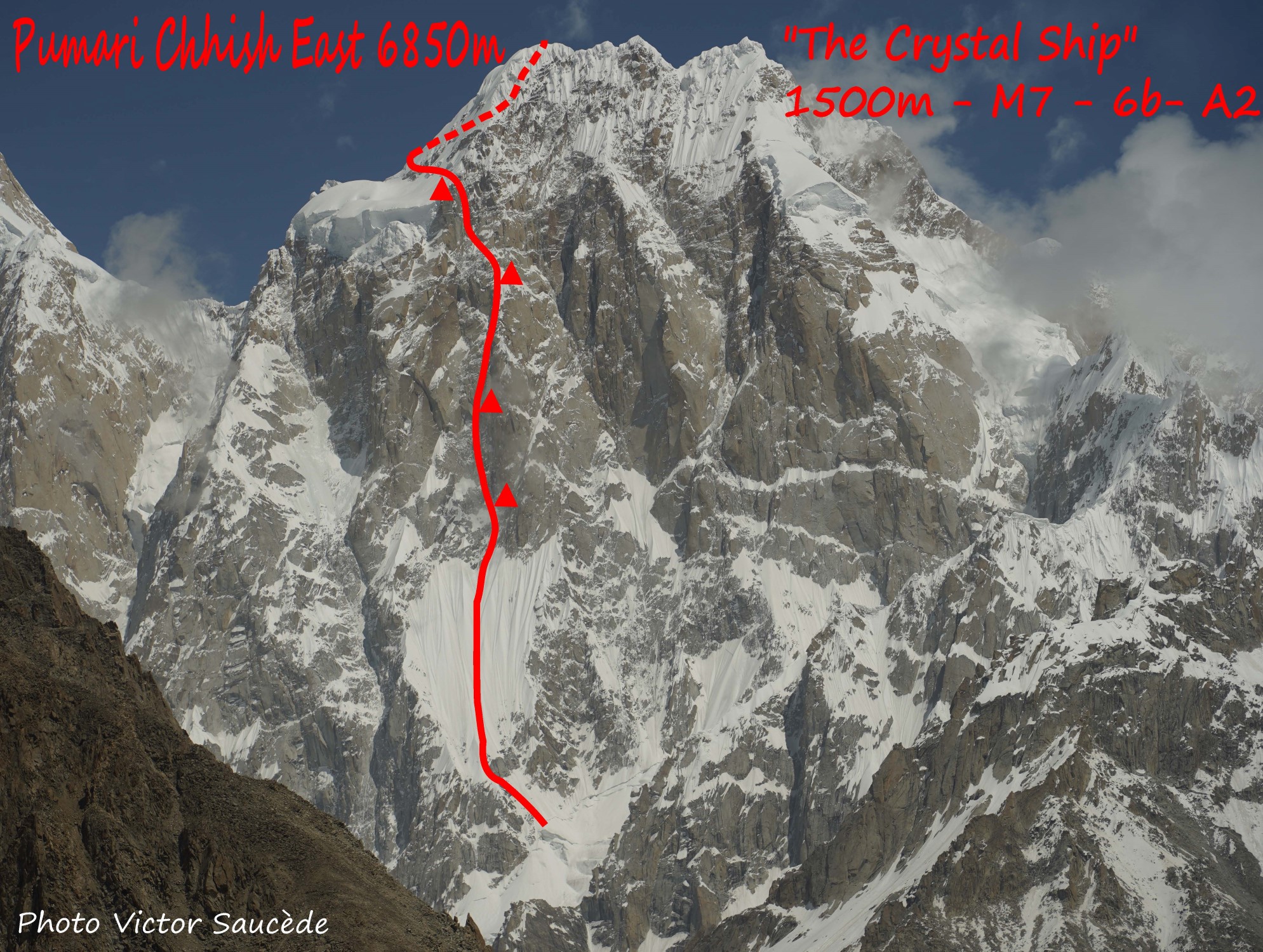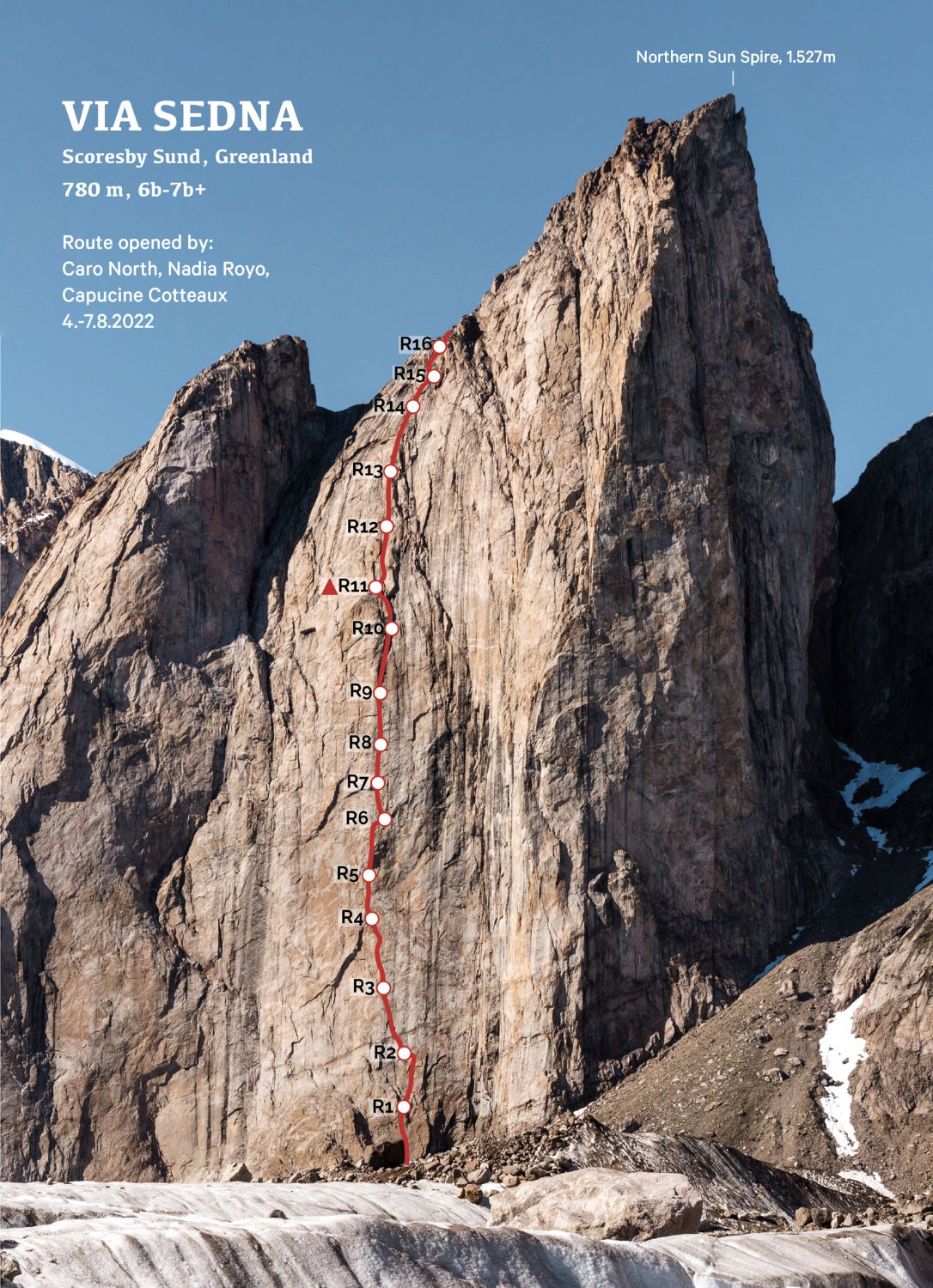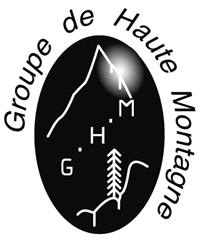Jirishanca (ca 6,094m), south-southeast spur
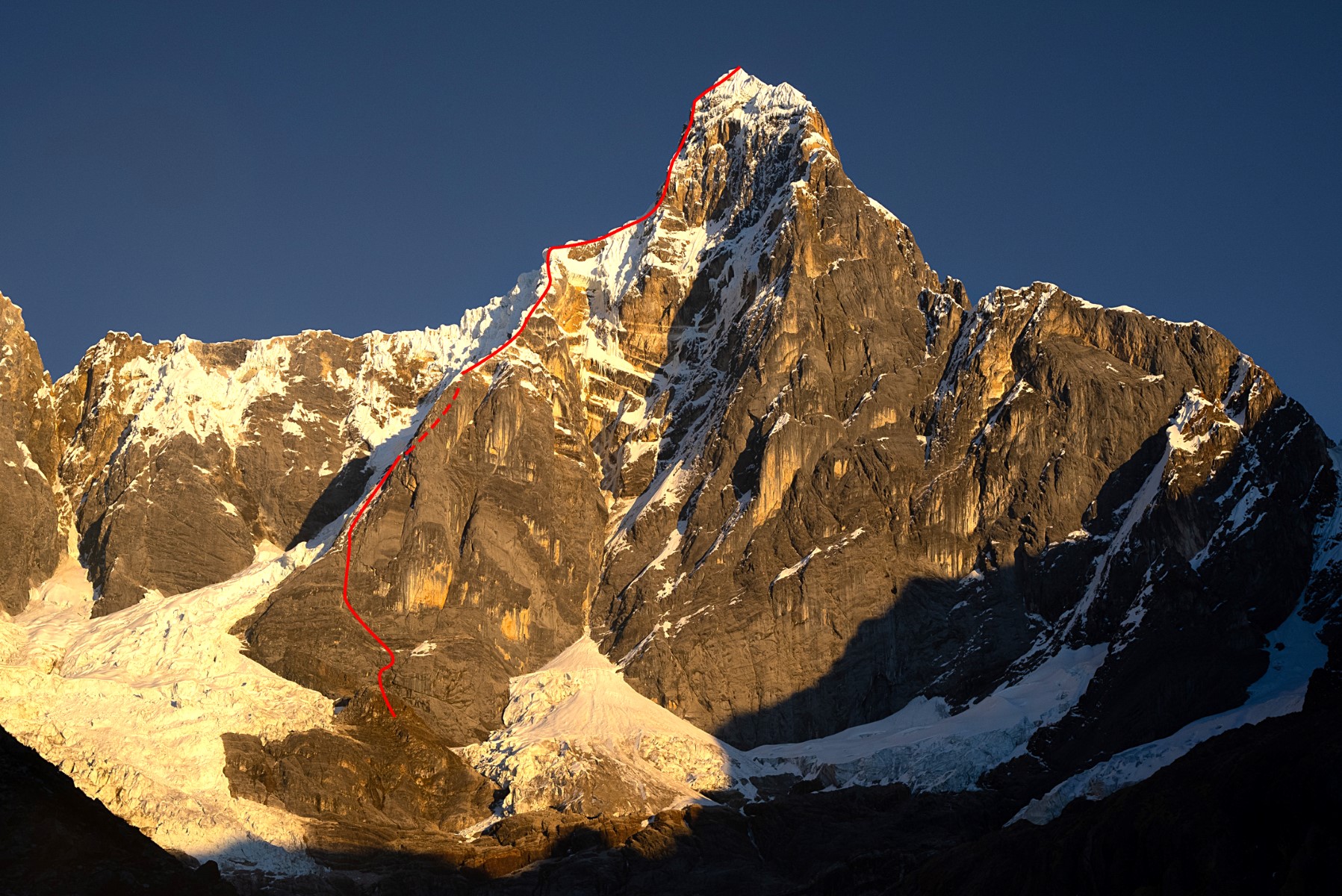
© Quentin Roberts
First ascent of the south-southeast spur of Jirishanca, Cordillera Huayhuash, via Reino Hongo (1,000m, M7 AI5+ 90°) from July 21-23. Descent by the east buttress and lower southeast face
It goes without saying there is real commitment and adventure to be found outside the Himalaya. This year it would be impossible for the Piolets d’Or not to highlight a route from the Andes of South America, where in 2022 several outstanding ascents were completed. The Cordillera Huayhuash is home to very spectacular peaks, including Jirishanca, one of the highest summits in the range and one with no easy route to the top. It was one of the last Peruvian 6,000ers to be climbed.
Canadians Alik Berg and Quentin Roberts chose the coveted line of the south-southeast spur, which rises to a convoluted ridge of enormous snow and ice mushrooms before meeting the vertical, ice-smeared limestone of the south headwall. Past attempts by various parties to reach this headwall by climbing the face further left of the spur had ground to a halt in impossible snow.
Berg and Roberts moved in pure alpine style, carrying sacs on sustained, technical, and previously untouched terrain. Due to heavy snowfall on the rock spur shortly before setting out, and not enough good weather for it to clear properly, the two made the decision to climb five or so pitches up the lower spur and then wrap around the steeper section above onto the south flank. Here, they would climb steep mixed terrain to regain the spur below the convoluted snow/ice ridge shaped like a dragon’s back. They completed this section on day one, the ridge itself on day two, and the crux headwall on day three. The latter provided unprotected pitches that were sometimes as difficult and potentially as dangerous for the second as the leader. When they pulled onto the summit – a rare ascent of the mountain from the east – they were amazed to be greeted by two Americans, who had climbed a route on the right side of the southeast face. Berg and Roberts were subsequently able to follow the American’s descent of the east buttress and lower southeast face, which they achieved with one more bivouac.
The jury felt this to be an inspiring line, direct to the summit, and climbed in exactly the style and with the spirit of adventure that the Piolets d’Or wishes to promote.
